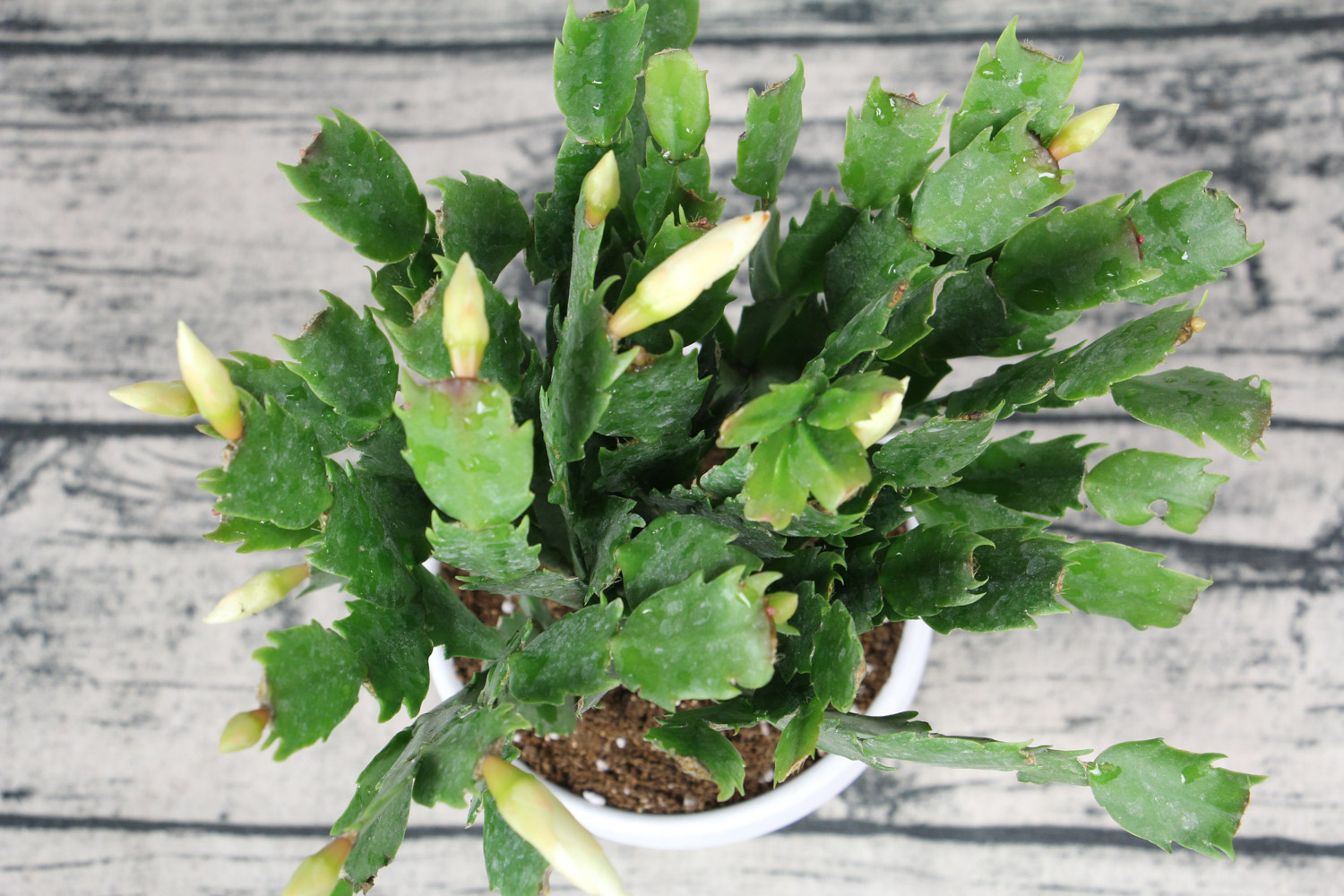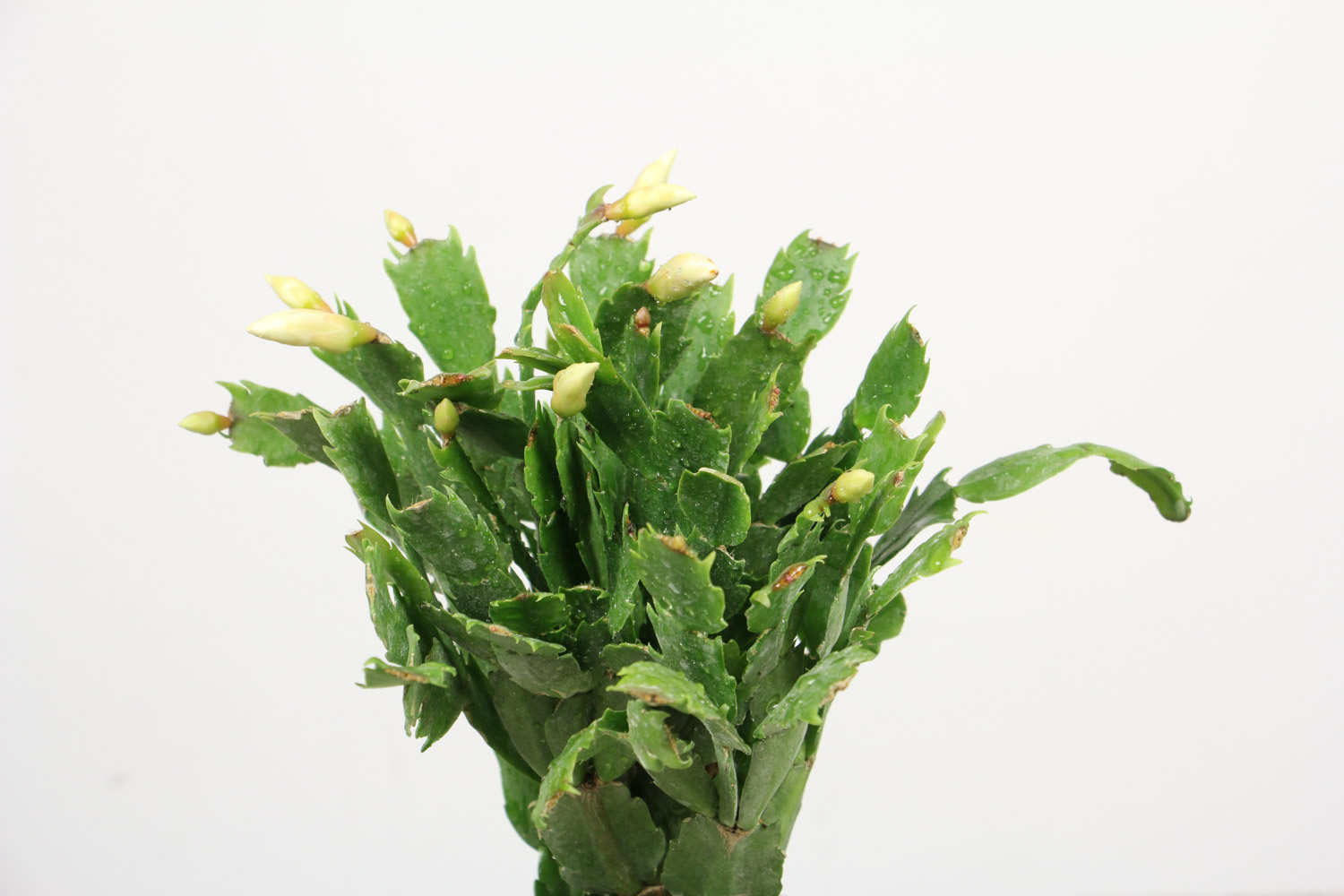1、 Soil mixing method
1. It likes acidic, loose and breathable soil. When preparing, it can mix one part of perlite, one part of vermiculite and four parts of peat soil to prepare soil. It is best to mix one part of pine needle soil. Pine needle soil is acidic, which can ensure its better and more vigorous growth

2. When preparing soil, it can also be prepared by mixing half of granular soil with half of nutrient soil. Among them, coal cinder and volcanic rock can be selected for granular soil. The nutrient soil can be fermented rotten leaf soil and peat soil, and then add a small amount of pine needle soil, which can also meet the growth needs of crab claw orchid. The granular soil can ensure water permeability and air permeability, the nutrient soil can provide nutrients, and the preparation cost is low

3. In addition to the above two soil preparation methods, garden soil, rotten leaf soil and river sand are commonly used for mixing, and the proportion is 1:1:1. There is humus in garden soil, rotten leaf soil and river sand, which can ensure no hardening, but the water permeability of this preparation is slightly poor, so pay attention to watering at ordinary times

2、 Precautions
During the period of breeding crab claw orchid, it is not enough to only pay attention to the method of soil mixing, but also pay attention to the usual management. It likes acidic soil. When watering, it should regularly add ferrous sulfate to the water to maintain the acidity of the soil, especially in the areas with heavy alkalinity in the north. Once the soil is alkaline, it will affect the growth, poor growth and flowering. In addition, the watering tap water should be dried first, and then used after drying for two or three days

 how many times do yo...
how many times do yo... how many planted tre...
how many planted tre... how many pine trees ...
how many pine trees ... how many pecan trees...
how many pecan trees... how many plants comp...
how many plants comp... how many plants can ...
how many plants can ... how many plants and ...
how many plants and ... how many pepper plan...
how many pepper plan...





























